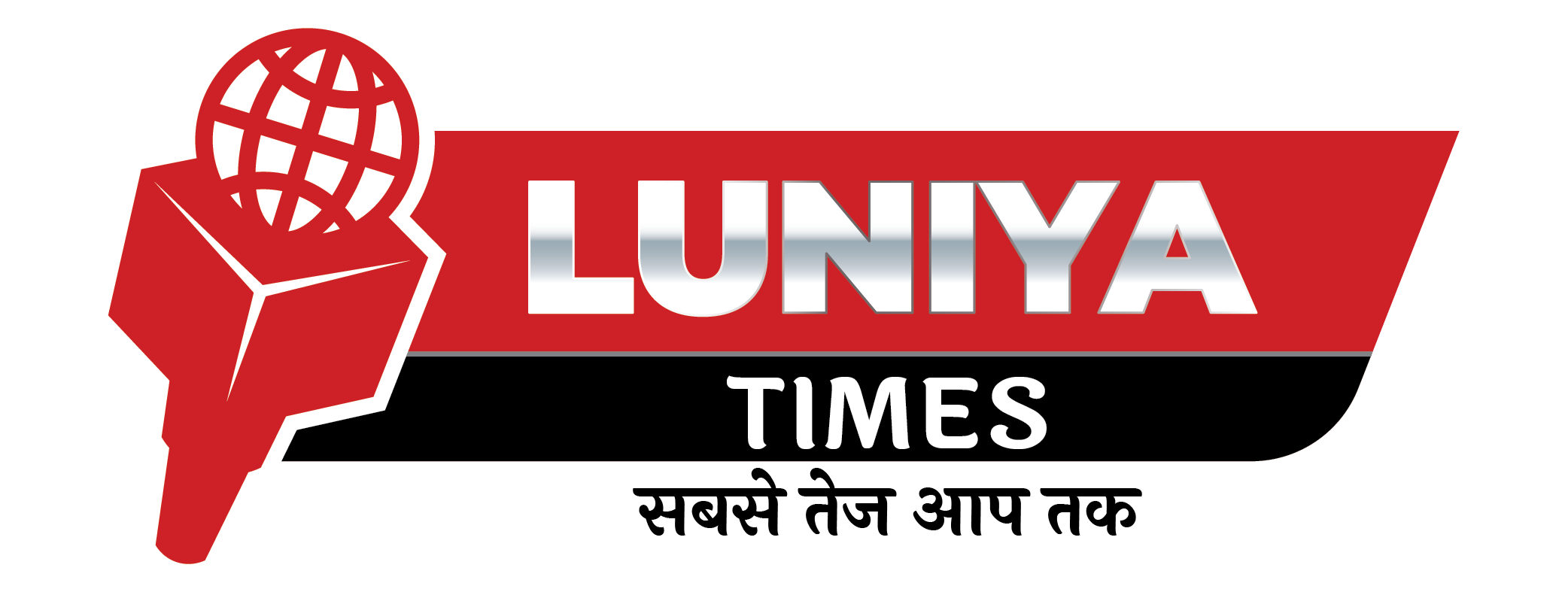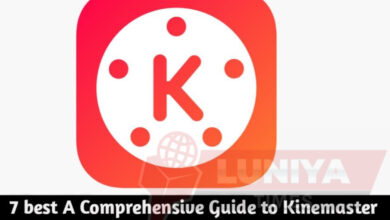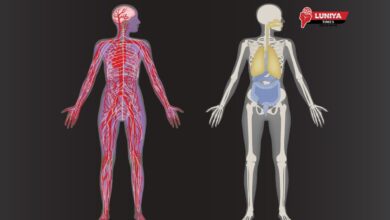2 Best Article on Pay-Per-Click (PPC) Advertising

Pay-Per-Click (PPC) advertising is an online advertising model in which advertisers pay a fee each time one of their ads is clicked. It is a way of buying visits to your site, rather than attempting to earn those visits organically. Here are the key components and concepts of PPC advertising.

1. Bidding System: Advertisers bid on specific keywords or phrases relevant to their target market. The amount they are willing to pay for each click on their ad can vary.
2. Ad Placement: Ads appear on search engine results pages (SERPs), websites, social media platforms, and other digital channels. The position and visibility of these ads often depend on the bid amount and the ad’s relevance.
3. Targeting: PPC allows for precise targeting based on various factors such as keywords, demographics, location, time of day, device type, and user behavior.
4. Ad Copy and Creative: Advertisers create compelling ad copy and visuals to attract potential customers and encourage clicks.
5. Landing Pages: The clicked ads lead users to landing pages designed to convert visitors into customers, typically through calls to action (CTAs) such as filling out a form, making a purchase, or signing up for a newsletter.
6. Quality Score: In search engine PPC, such as Google Ads, the ad’s position is also influenced by the Quality Score, which is determined by the relevance and quality of the ad and the landing page it links to, as well as the click-through rate (CTR).
7. Cost Management: Advertisers set a budget for their PPC campaigns, controlling how much they are willing to spend daily or monthly. They can also adjust bids and target settings to optimize performance and cost-efficiency.
8. Performance Metrics: Key metrics for evaluating PPC campaigns include:
- Clicks: The number of times an ad is clicked.
- Impressions: The number of times an ad is displayed.
- Click-Through Rate (CTR): The ratio of clicks to impressions.
- Cost Per Click (CPC): The amount paid for each click.
- Conversion Rate: The percentage of clicks that result in a desired action (e.g., sales, sign-ups).
- Return on Ad Spend (ROAS): The revenue generated from the ad spend.
Common Platforms for PPC Advertising
1. Google Ads: The most popular PPC platform, where ads appear on Google’s search engine and partner sites.
2. Bing Ads: Similar to Google Ads but for the Bing search engine.
3. Social Media Ads: Platforms like Facebook, Instagram, LinkedIn, and Twitter offer PPC advertising options.
4. Display Ads: Banner ads that appear on various websites across the internet.
5. Shopping Ads: Product listings that appear on search engines and shopping platforms, such as Google Shopping.
PPC advertising is a versatile and effective marketing strategy for driving targeted traffic, increasing brand visibility, and achieving specific business goals.

How Management Pay-Per-Click (PPC) Advertising
Managing Pay-Per-Click (PPC) advertising campaigns involves a strategic approach to ensure effective use of budget and maximizing return on investment (ROI). Here is a comprehensive guide on how to manage PPC effectively:
1. Understand PPC Basics
What is PPC? PPC is a model of internet marketing where advertisers pay a fee each time one of their ads is clicked. It’s a way of buying visits to your site rather than attempting to earn those visits organically.
Common Platforms: Google Ads, Bing Ads, Facebook Ads, LinkedIn Ads, etc.
2. Set Clear Goals
Define Objectives: Know what you want to achieve, whether it’s brand awareness, lead generation, sales, or website traffic.
KPIs: Key Performance Indicators such as Cost-Per-Click (CPC), Click-Through Rate (CTR), Conversion Rate, Cost-Per-Conversion, and ROI.
3. Keyword Research
Identify Keywords: Use tools like Google Keyword Planner, SEMrush, or Ahrefs to find relevant keywords.
Match Types: Understand broad match, phrase match, exact match, and negative keywords to control who sees your ads.
4. Create Compelling Ads
Ad Copy: Write clear, compelling, and relevant ad copy that addresses user intent and includes a strong call-to-action (CTA).
Ad Extensions: Use ad extensions like site links, callouts, and structured snippets to provide additional information and increase ad visibility.
5. Landing Pages
Relevance: Ensure landing pages are relevant to the ad and provide a seamless user experience.
Optimization: Optimize landing pages for speed, mobile-friendliness, and conversion.
6. Campaign Structure
Organization: Organize campaigns and ad groups logically based on products, services, or target audience segments.
Budget Allocation: Allocate budgets based on campaign goals and performance.
7. Bid Management
Manual vs Automated Bidding: Choose between manual bidding for more control or automated bidding strategies provided by ad platforms.
Bid Adjustments: Adjust bids based on performance data, time of day, location, and device.
8. Monitoring and Analysis
Regular Monitoring: Check your campaign performance regularly to identify areas for improvement.
Performance Metrics: Analyze metrics like CTR, conversion rate, and cost-per-conversion.
A/B Testing: Continuously test ad variations to see what works best.
9. Optimization
Keyword Optimization: Regularly add negative keywords and refine your keyword list to improve relevance.
Ad Copy Testing: Test different headlines, descriptions, and CTAs to find the most effective combinations.
Landing Page Testing: Experiment with different landing page designs, content, and CTAs to increase conversion rates.
10. Reporting
Regular Reports: Generate regular reports to track performance against goals.
Insights and Action: Use the insights from your reports to make informed decisions and adjust your strategy accordingly.
Tools and Resources
Google Analytics: Track and analyze website traffic and conversion data.
Ad Management Tools: Use tools like Google Ads Editor, SEMrush, or SpyFu for managing and optimizing PPC campaigns.
Learning Resources: Stay updated with blogs, forums, webinars, and courses from Google Skillshop, HubSpot Academy, and other reputable sources.
By following these steps and continuously optimizing your campaigns based on data, you can effectively manage PPC advertising to achieve your business goals.


For more information visit this post on Wikipedia on Pay-Per-Click (PPC) Advertising
Join Our WhatsApp Group
Read Also 2 Best Articles on Email Marketing










